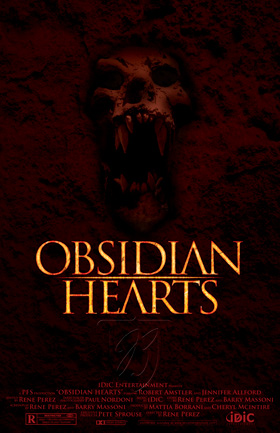 Minion “Pip” writes …
Minion “Pip” writes …
” I love the styroform coffin prop – just wondering when cutting the side walls, did you angle the edges so they fit together better, or did you not worry about that? Thanks for the great idea, I’m an American living in Australia and trying to come up with good Halloween props here is hard – they don’t really celebrate it but some of us are trying to change that. :)”
Hi, Pip!
Angling the walls is one way to keep your coffin lid from sliding down into the coffin. I went a different direction, mainly because angles and I don’t always see eye to eye. Study any roof I ever had a hand in building; it either looks like a church steeple or devolved into a Quonset hut.
In any case, yours is a good idea. Another option that doesn’t involve a protractor is to glue some foam blocks to the inside walls just below the “lip” of the opening. Then, if you attached your walls to the outside of the bottom of your coffin, and if your lid has the same dimensions as the bottom, it should slip right in and sit pretty resting on the blocks.
Spray adhesive is excellent for attaching bits of foam to each other. I like 3M brand. It does an outstanding job bonding foam to itself, to walls, your fingers, almost anything. However, do *NOT* spray directly on the foam unless a melted hole is really what you had in mind for that spot. Instead, spray onto a sheet of cardboard, or into a paper cup, and wait a few seconds for it to stop bubbling. If the adhesive you’re using contains Acetone, then stir well with a popsicle stick. This will help to evaporate the foam-devouring Acetone. Once it is dissipated, it is perfectly safe to apply to the foam. (Not with your fingers. You should be wearing gloves at this point.)
A few notes about spray adhesive …
1. Only use in a well-ventilated area, preferably outdoors. I’m not kidding. This stuff is killer. It smells sweet, but that’s the sweet smell of death and it’ll mess you up. *
2. Apply to both surfaces. Wait a few minutes before putting the pieces together to allow the glue to set up. The instructions usually recommend 15 minutes, but stirring it can speed up the process. Either way, it’s worth the wait. You don’t need to use clamps, and you get a strong bond almost immediately instead of four to 8 hours later using PVA glue.
3. Don’t let it dry on your fingers unless removing the top layer of skin with a belt sander is something you enjoy.
Good luck, show that prehistoric biatch how we do things downtown -I mean- how we Yanks do Halloween, and have a great haunt!
* According to the
Material Data Sheet 3M provides for their “Super 77 Multipurpose Adhesive”, death is not in the ingredient list. However, it does contain Acetone, Propane, Cyclohexane, Petroleum distillates, and Hexane. It’s a great product that I use regularly. I just don’t ever want to wake up with a splitting headache from a spaghetti/unicorn dream wondering how long I’ve been sprawled on the floor of the shop, so I treat it with respect.
Category: From The Undead Letter Office
Tags: 3M Spray Adhesive, Coffins
 You may recall mention of a certain “Demi-corpse” that we shipped out west some time ago. Well, our snaggle-toothed friend has been very busy.
You may recall mention of a certain “Demi-corpse” that we shipped out west some time ago. Well, our snaggle-toothed friend has been very busy.

